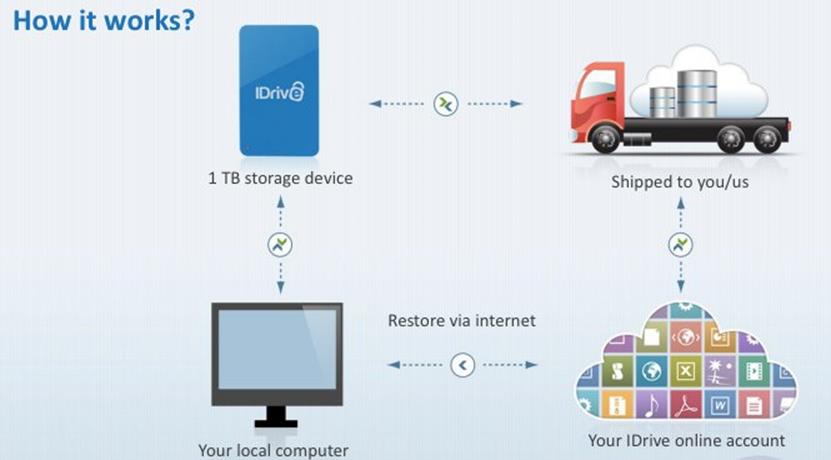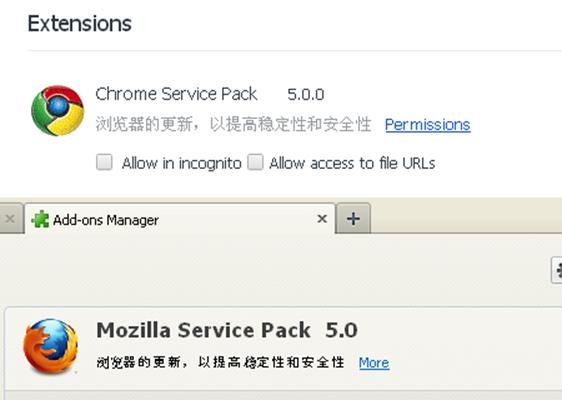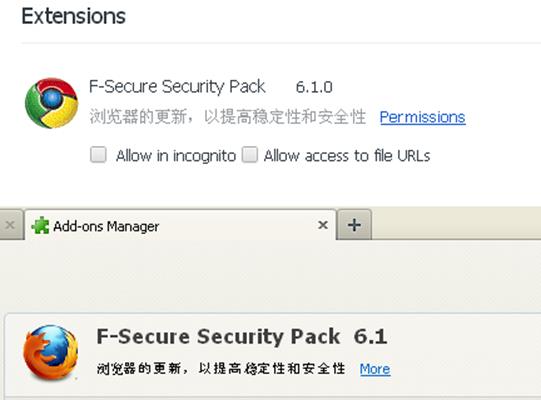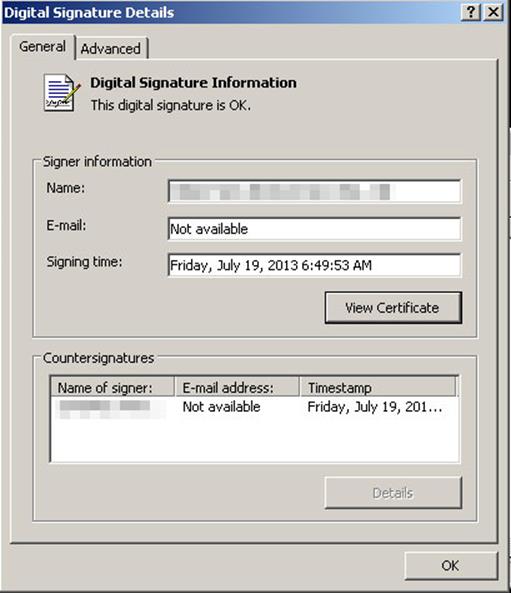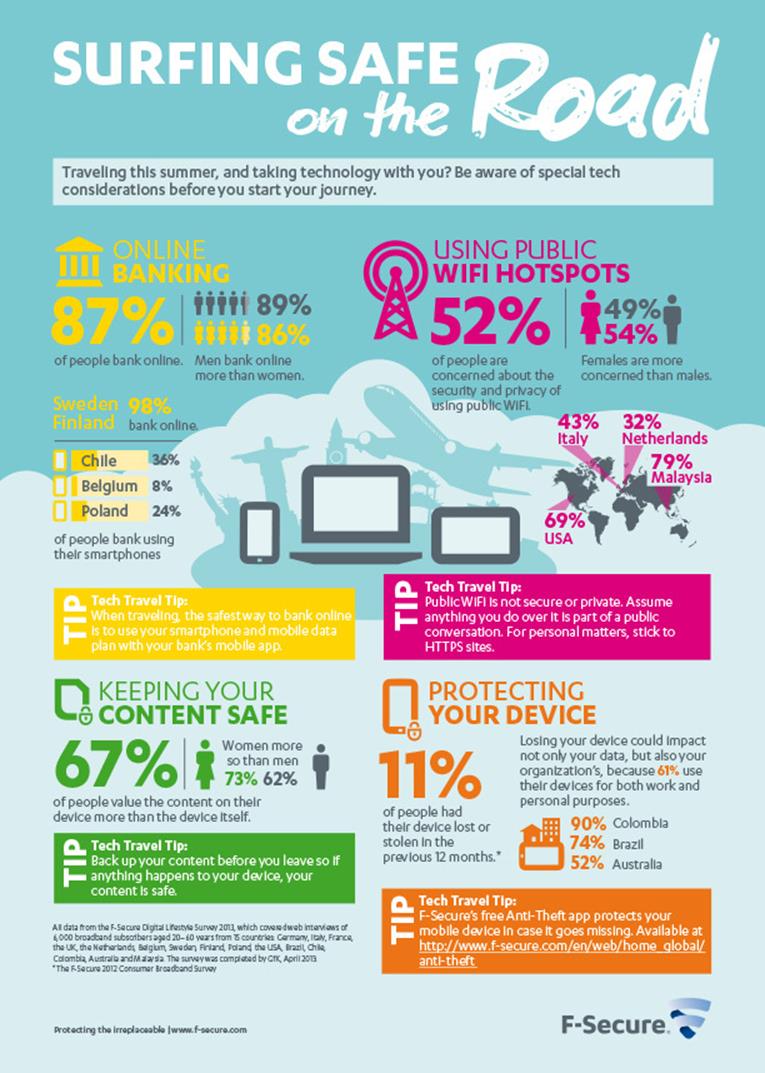
It’s summer holiday season, when people pack up their smartphones and tablets, sunscreen and tank tops and set off for a change of pace. With connected devices it’s never been easier to find one’s way around, record memories, and stay in touch with friends back home.
When traveling it’s convenient to use public WiFi hotspots in places like airports and restaurants, Our Security Advisor Sean Sullivan says that public WiFi networks should be thought of as just that: public.
Because you’re sharing the network with strangers, there’s the risk that someone is using readily available software that snoops on what you’re doing.
“It may feel private because you’re using your personal device, but it’s not,” he says.
Sean advises against doing anything via public WiFi that you wouldn’t want an eavesdropper to know – including logging into accounts with passwords. “I use public WiFi happily for a topic I would discuss with a friend on the metro. Banking, I do at home,” he says.
Here’s a quick look at how people feel about traveling with their devices and how to stay safe online when you’re on the road.
Here are some more tips that will keep you secure wherever you may roam:
• Don’t let your device connect to public WiFi spots automatically.
• Delete out the WiFi access points you’ve used when you arrive home.
• Don’t be logged into apps you don’t need while traveling.
• Check with the establishment you’re at to make sure the network you log onto is really theirs, and not one a snoop has set up to trick you.
• Be aware of your surroundings and anyone who could be trying to peek over your shoulder.
• Use a unique password for each account.
• For laptops, disable file sharing and turn on the firewall, setting it to block incoming connections.
• Use a VPN (virtual private network) if possible, which secures your connection even on public WiFi.
• Use a travel router with a prepaid SIM card for your own personal WiFi network.
• At the very least, watch for the padlock and “https” in the address bar for any site with your personal information. If they’re not there, avoid the site.
• A good general rule: Assume anything you do over public WiFi is part of a public conversation.
Via: safeandsavvy
